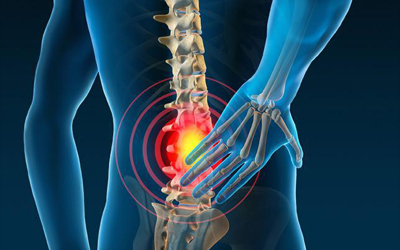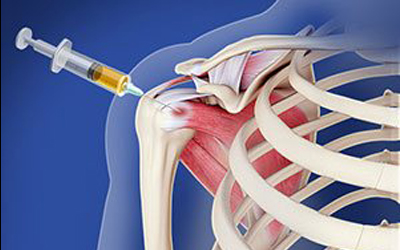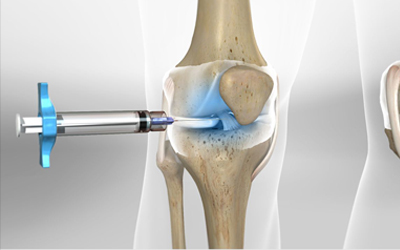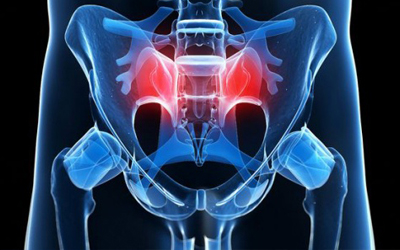At Ardent Clinic LLC, we provide consultation services as well as the following procedures within our office for your convenience.

Clinical Electroencephalogram (EEG)
Clinical Electroencephalogram (EEG) is a physiologic recording of the brain’s activities during wakefulness, sleep, photic stimulation, and hyperventilation using scalp electrodes. It helps to detect abnormalities in the brain such as: the presence or type of seizures, loss of consciousness, memory loss, confusion, and other conditions.
Ambulatory Video EEG monitoring
Ambulatory Video EEG monitoring is an extended recording of the brain activities in synchronization with video recording of actual physical manifestations for a period of 24-72 hours in the comfort of the patient’s home. The patient will come to the office for the initial set up and be sent home with the video EEG system. This procedure helps to delineate the possible causes of syncope, confusion, as well as to track different types of epilepsy, the pattern, frequency, duration, and response to medications.


Electromyography (EMG) & Nerve Conduction Study (NCS)
The EMG/NCS is a procedure performed in our office that assesses the integrity of muscles and peripheral nerves. An Electromyogram (EMG) measures the electrical activity of muscles at rest and during contraction. A Nerve Conduction Study (NCS) measures how well and how fast the nerves can send electrical signals. Together, the EMG/NCS help to diagnose and to determine the severity of neurological conditions such as: Carpal Tunnel Syndrome, Ulnar Neuropathy, Radial Neuropathy, Radiculopathy (pinched nerves), Myopathy (muscle disorders), Plexopathy (disorders of nerve bundles), or Peripheral Neuropathy (nerve ending damage), and others.
Lumbar Epidural Steroid Injection
Epidural steroid injections (ESIs) are a common treatment option for many forms of lower back pain and leg pain. They have been used for decades and are considered an integral part of the nonsurgical management of sciatica and lower back pain.


Lumbar Facet Joint Injection
If the joints become painful due to arthritis, injury, or mechanical stress, they can cause pain in various areas. The lumbar facet joints can cause pain in your lower back, hip, buttock, or leg. A facet joint injection serves several purposes. First, by placing numbing medicine into the joint, the amount of immediate pain relief you experience will help confirm or deny the joint as a source of your pain. That is, if you obtain complete relief of your main pain while the facet joints are numb, then these joints are likely your pain source.
Shoulder Joint Injection
Shoulder injections are used for diagnostic, as well as therapeutic purposes. The common substances injected include corticosteroids and hyaluronans. Corticosteroids are strong anti-inflammatory medications reducing swelling and inflammation. These are often used in conjunction with physiotherapy rehabilitation and other medications for a more lasting cure of many conditions, such as subacromial impingement syndrome, AC joint pathology and inflammatory arthritides.


Knee Joint Injection
Knee injection is a procedure in which medications are injected into the knee joint to treat the pain due to various causes. There are different types of knee injections. The most common type of intra-articular knee injection is corticosteroids. Other agents used are hyaluronic acid, infliximab, Botox (botulinum neurotoxin), and platelet-rich plasma (PRP).
Sacroiliac Joint Injection
A sacroiliac (SI) joint injection—also called a sacroiliac joint block—is primarily used either to diagnose or treat low back pain and/or sciatica symptoms associated with sacroiliac joint dysfunction.The sacroiliac joints lie next to the spine and connect the sacrum with the hip on both sides. There are two sacroiliac joints, one on the right and one on the left. Joint inflammation and/or dysfunction in this area can cause pain.


